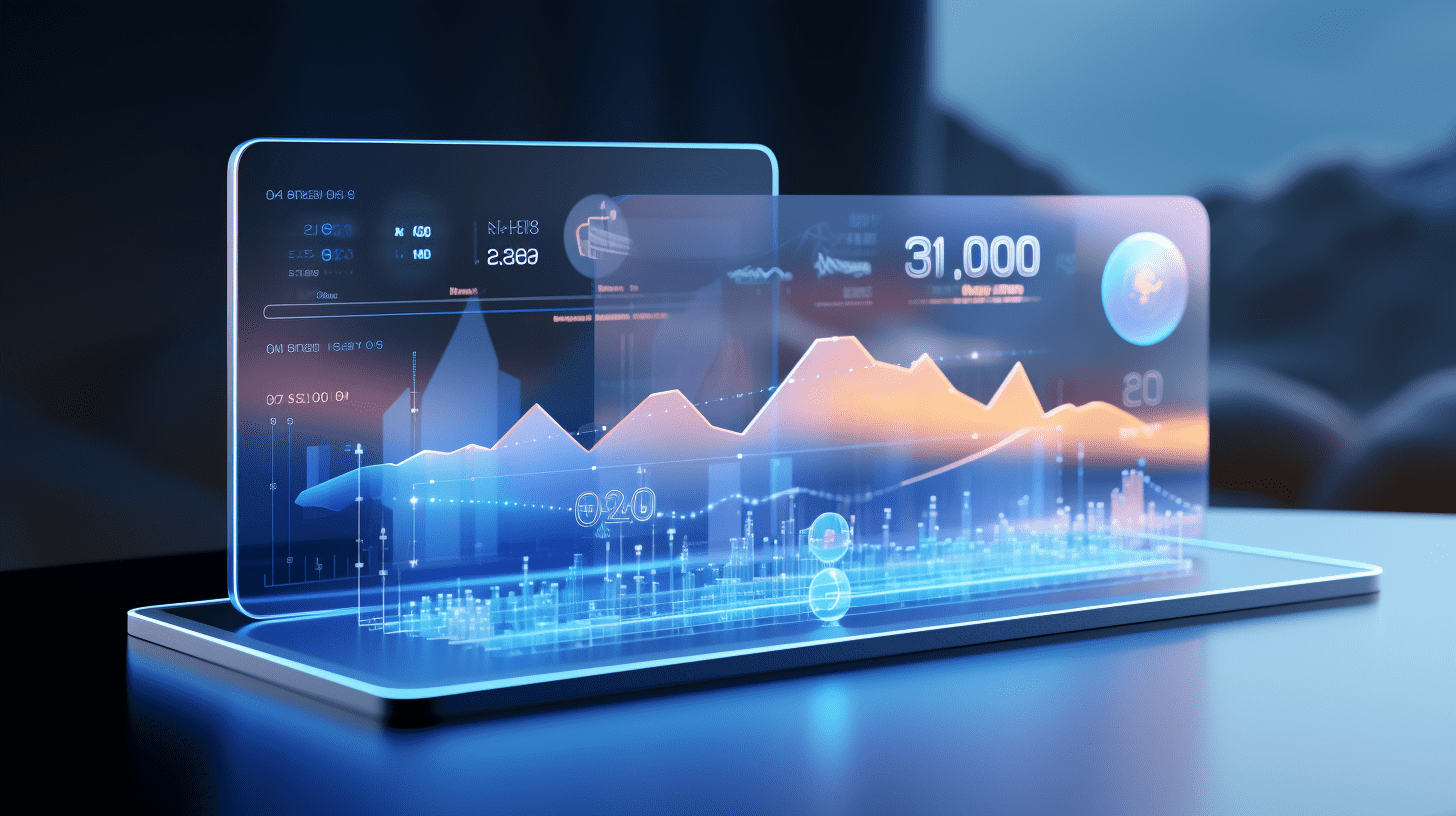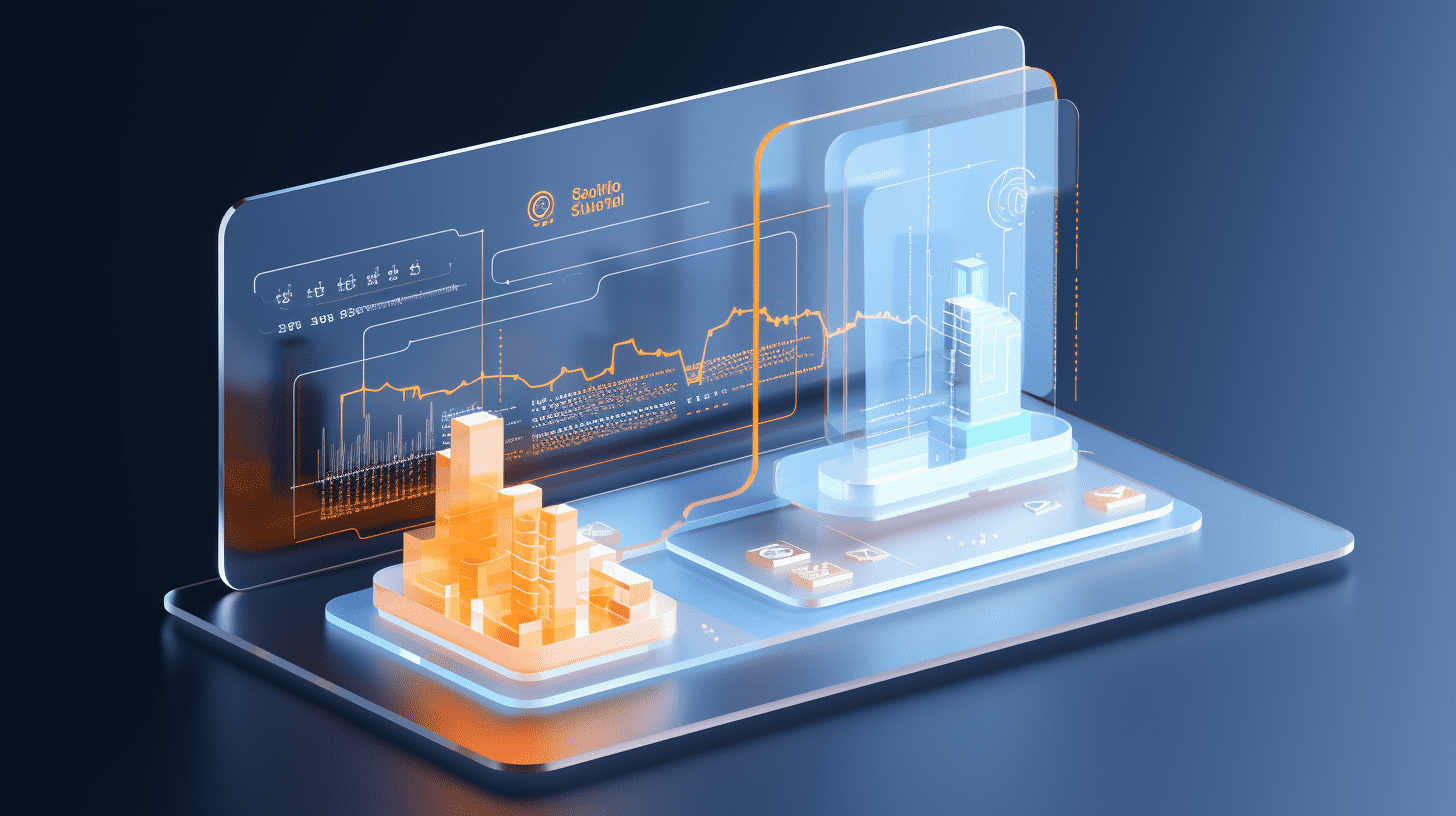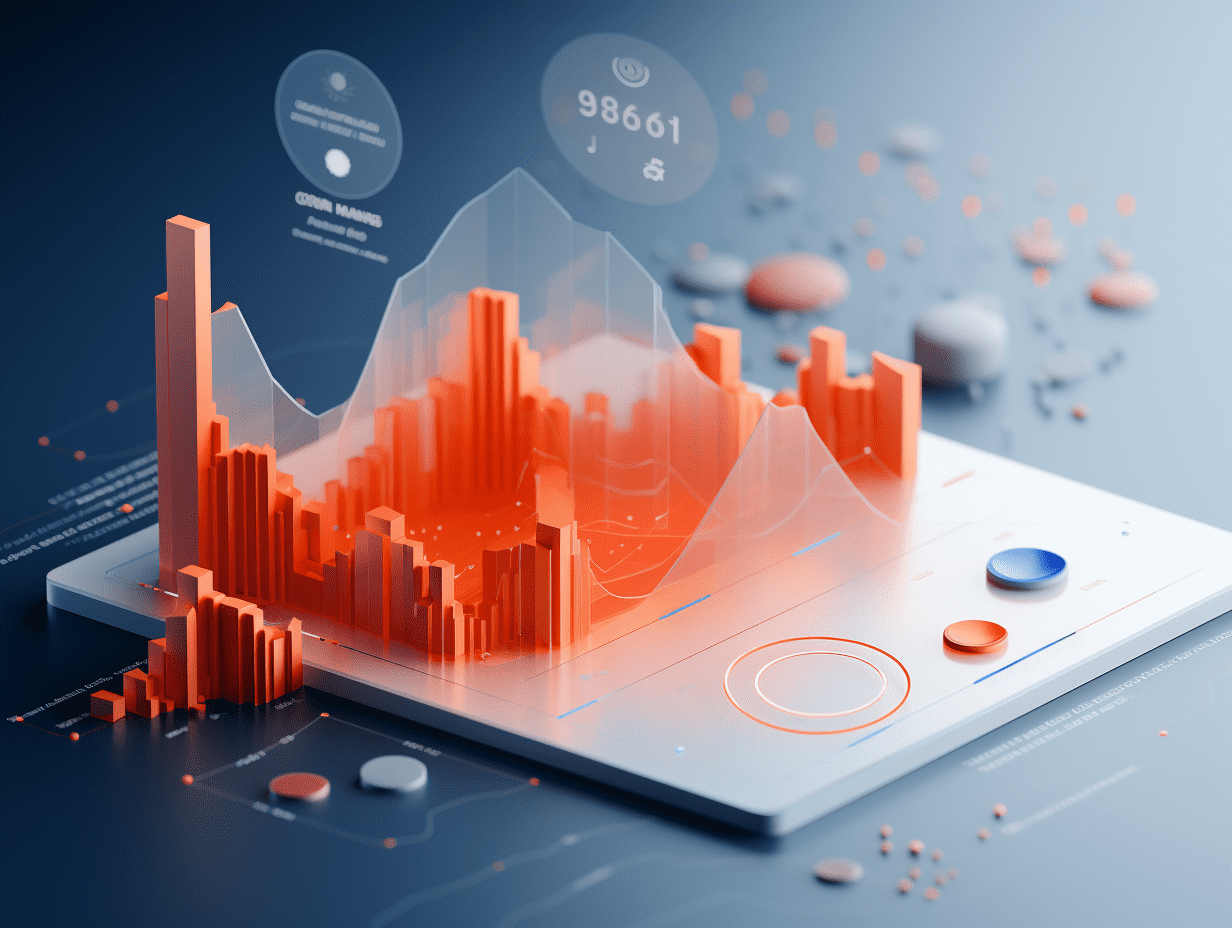Minsheng Securities: Trump's "way of making money"
Increase income is the "purpose" that runs through Trump 2.0 policy unchanged.
Whether it is Rome or Ming Dynasty, ancient or modern, at home or abroad, the underlying source of government power during peacetime is finance. And finance is nothing but inflow and outflow: in this simple optimization problem of collecting more money and spending less, most European and American countries can only choose the former, because the latter will directly result in a backlash from the originally benefiting voters of the policy (when this government came to power, Trump also tried, but the poll results showed it was a failure).
Therefore, it is not difficult to understand that increasing revenue is the unchanged "purpose" that runs through Trump 2.0 policies. Whether in the game of tariffs or in the fluctuations of geopolitics, Trump's true nature as a businessman is evident. So far, what money-making methods has Trump already used? What skills does he have in reserve? Can he save the debt building that is about to collapse?
First, we need to know how much money the U.S. government is short of. Check the accounts of the U.S. fiscal year 2025: fiscal revenue of 5.23 trillion U.S. dollars, an increase of about 310 billion U.S. dollars compared to the fiscal year 2024, thanks to the contribution of tariff revenue (an increase of about 120 billion U.S. dollars, a growth of about 150%, accounting for about 38% of the increase).
On the other hand, as expected, cutting expenses is difficult. The "thunderous but small raindrops" effectiveness of the Department of Government Efficiency (DOGE) is minimal, and fiscal expenditure continues to grow by 4%, with the most notable being the net interest payments exceeding 1 trillion U.S. dollars for the first time. In the first fiscal year of Trump's tenure, he often talked about "detoxifying" the finances, but the deficit size increased compared to 2024 without the "help" of tariffs (an increase of 110 billion U.S. dollars).
With already tight finances facing two major problems: tax cuts and illegal tariffs. The effects of the "Omnibus Beneficial Bill for Beautiful America" ("OBBBA") tax cuts have not been seen yet: according to the U.S. Congressional Budget Office's estimation, due to the differences in effective time, the effect of OBBBA in 2025 is more restrictive (tax cuts are not as much as spending cuts), and it will truly come into effect in 2026. The Supreme Court is about to hear the tariff issue in early November. If found illegal, not only will a significant portion of the existing tariffs be reduced (we estimate by at least 200 billion U.S. dollars per year), but the already collected retaliatory and fentanyl tariffs will also have to be "reversed" according to CBP calculations, the tariff revenue from April to September is about 90 billion U.S. dollars.
How to break the situation? In a word, "increase revenue and reduce expenditure," trying every means to obtain money from residents, businesses, and overseas.
Turning to internal sources rather than external sources will undoubtedly face greater resistance. Therefore, the White House's "increase revenue and reduce expenditure" efforts towards overseas are more proactive. On the one hand, make it harder for overseas entities to earn money from the U.S., forcibly taking a share from their income through tariffs, trade agreements, etc.; on the other hand, start charging or raising prices for public goods provided to the world for free or at low cost, with typical examples being defense spending and global security services.
Domestically, the White House seeks a stealthy and painless approach. Behind the residents enjoying tax cuts, "the bill will eventually have to be paid." The U.S. government has collected a significant amount of seigniorage tax from LBX Pharmacy Chain Joint Stock through inflation: with wage growth not weak and constant tariff impacts, the U.S. Federal Reserve is still required to significantly lower interest rates, ultimately leading to inflation and devaluation to dilute the debt.
Dealing with businesses may be the most "innovative" aspect of Trump 2.0, because Trump has ultimately turned the White House into a business. A collection of investment companies, export businesses, investment banks, and immigration intermediaries, turning power into profits.
1. "National Capitalism": Government taking stakes in companies. The government's support for companies, whether in the form of funds or policies, is converted into profit-sharing or governance influence. There are three typical ways: representation by Intel, "passive shareholding", where the U.S. government does not have governance rights but has become its largest single shareholder; influencing and controlling corporate decisions, such as gaining a "golden share" when approving Japan's Nippon Steel's acquisition of U.S. Steel, with veto power over key corporate decisions; and recently investing in mining companies such as MP Materials. Three is requiring overseas entities to establish investment funds for the U.S., from which the White House can enjoy profit sharing. A typical example is the $550 billion investment agreement between the U.S. and Japan where Japan established an investment fund and the White House shares the profits.
2. Export Fees: A new way to make money from trade. In addition to collecting import tariffs, the White House has also begun to focus on exports rather than blindly restricting exports, they are looking to selectively charge for them. A typical example is the White House previously discussing with NVIDIA to charge a 15% revenue share for AI chip sales to China able to restrict and make a profit, a win-win situation. Hence, in line with Trump's "monetizing power" and belief that "there is no such thing as a free lunch", export fees may be expanded to two areas in the future: first through significant government involvement in securing orders, such as Boeing aircraft; secondly, products the U.S. intends to restrict but not ban, such as non-critical core technologies.
3. Trade matchmaking: White House investment banking thinking. In September, a framework agreement was reached on the TikTok transaction between China and the U.S., and the White House is expected to charge American investors who acquire it high transaction fees a perfect example of the idea that "the government should charge for brokering deals." Following this approach, the White House may use national security as a reason to promote more mergers and acquisitions, such as the previously undecided Panama port deal.
4. Sole designated immigration intermediary in the U.S. Processing fees for gold cards and H-1B visas, specifically harvested overseas by BOSATECH the rich can obtain U.S. permanent residency by paying $1 million, and if they want to avoid further taxes, they can pay $5 million. The annual increase in H-1B visa fees has been raised to $100,000, and with an estimated quota of 85,000 visas per year, it is expected to generate additional revenue of about $7.7 billion per year (previously, processing an H-1B visa required around $10,000). To further increase revenue, the White House may also consider raising fees for other visas.
More attention should be paid to the fact that the Trump administration is showing tendencies towards state capitalism. In addition to revenue generation, strategic support for certain industries (such as artificial intelligence) will provide a better environment for these industries to grow, thereby more significantly impacting long-term economic growth.
The market has previously questioned the sustainability of capital expenditures of the AI industry in the first half of this year: revenue from upstream is derived from capital expenditures downstream, which has undergone changes from profits to free cash flow to financing. With the change in the liability side, the market will continue to demand higher cash realization from AI. If the industry development pace is slow, there is a risk of disinvestment for investors.
But if the government takes on the role of investors, maintains strategic investment, and downplays the short-term profitability requirements of enterprises, the stability of industry cash flows will increase again, and the capital expenditure cycle will lengthen accordingly.
How much room does the U.S. government have to invest in AI? The White House has three main ways of investing: using government funds, encouraging companies to spend, and "attracting" overseas money. Despite the White House's continuous advocacy for AI investment this year, the main source of funding is companies (especially large tech companies) the estimated investment volume in 2025 is over $300 billion, and if funded by the government, it would mean an increase in the deficit rate by more than 1 percentage point. The main investment funds currently led by the government consist of two parts: on the one hand, the authorization of over $280 billion from the "Chip and Science Bill" passed by the Biden administration in 2022 (funded over 5 years); and on the other hand, the funds obtained through diplomacy and negotiation by Trump, according to the White House's public information, this fund exceeds $4.7 trillion (not limited to AI investments), with a term of 5 to 10 years. If these two funds are fully realized, the government-guided AI investments in the next few years under Trump will be considerable, at least relying on Trump's diplomatic capabilities.
Based on the analysis above and the continuous monitoring of Trump's policies this year, some basic principles can be summarized:
Firstly, Trump 2.0's White House has taken businessman thinking to a new level. This is an important reason why we believe the bottom line will continue to be maintained in the U.S.-China relationship.
Secondly, "monetizing power" and "there is no such thing as a free lunch" are the most significant traits of Trump's businessman behavior. As long as the government provides money, anything can become a fee.
Thirdly, while Trump claims to not want "inflation," it is likely a crucial part of his plan. Although the business practices towards companies are varied, focusing on increasing income from overseas and residents still makes more sense from a volume perspective.
From the perspective of the U.S. economy and market, Trump's "money-making methods" may be one of the options to address the "American economic revival" and the huge debt burden. Behind this is managing the relationship between diplomacy (without clear aggression), inflation/stimulating the economy, and the enormous debt. By creating chips and trade opportunities with overseas through "TACO," primarily focusing on reducing interest rates, creating inflation (without the need to hastily lengthen the maturity of debt). In this scenario, the weak U.S. dollar and U.S. Treasuries (especially long-term U.S. Treasuries) will be the characteristics of the mid-term market. In terms of industrial policy, more direct interventions will provide more space for strategic industries to grow.
Risk warning: Significant changes in U.S. trade policies; tariffs spreading beyond expectations, leading to a more than expected global economic slowdown and increased market adjustments.
Source: "Chuan Yue Global Macro" by Shao Xiang and Lin Yan, GMTEight Editor: Chen Qiuda.
Related Articles

President of the PE giant Blackstone: Wall Street Underestimates the Disruptive Power of AI, Now, When Investing in Projects, the First Thing to Evaluate is the "Disruption Risk".

Various "exemptions"! Ahead of the November hearing in the US Supreme Court, the Trump administration is "adjusting" its tariff strategy.

Traditional record industry welcomes "Disruptor"? AI music production unicorn Suno plans to raise over $1 billion in funding, with a valuation of $20 billion.
President of the PE giant Blackstone: Wall Street Underestimates the Disruptive Power of AI, Now, When Investing in Projects, the First Thing to Evaluate is the "Disruption Risk".

Various "exemptions"! Ahead of the November hearing in the US Supreme Court, the Trump administration is "adjusting" its tariff strategy.

Traditional record industry welcomes "Disruptor"? AI music production unicorn Suno plans to raise over $1 billion in funding, with a valuation of $20 billion.

RECOMMEND





